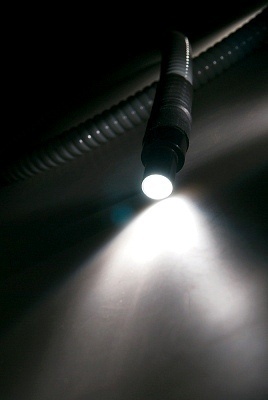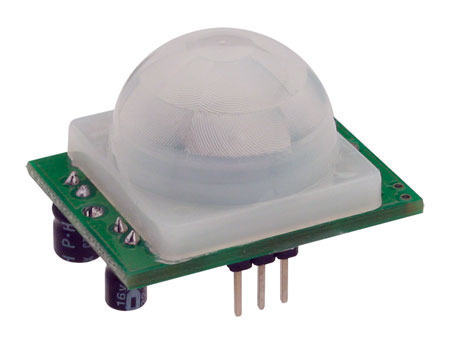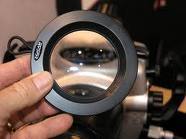Fiber optic lines, which can be as thin as a piece of human hair, are made of strands of glass that are optically pure. They are used to transmit light signals, and have the ability to carry these signals over long distances.
How is Light Transmitted Through Fiber Optics?
The process by which light is transmitted through fiber optics can best be described through the use of an analogy.
If you want to shine a light through a tunnel, you can do so by pointing a flashlight down the tunnel in a straight line. However, if the tunnel has a curve, the straight line that the flashlight creates will not go through the entire tunnel. In order to get the light through the curve, a mirror must be added to reflect the light through the curve. The mirror will allow the straight line of light to be bent around the curve. The process of adding a mirror to bend the light can be repeated for however many curves are present in the tunnel.
The process of bending a straight line of light is the same technique used to get light through fiber optics. The light is pointed down the core of the cable and makes its way through the cable by continuously reflecting off the interior of the fiber optics. Instead of the mirror used in the tunnel analogy, cladding (which is at least one layer of a material with a low refractive index) is used to reflect the light through the fiber optics cable. This process is known as total internal reflection.
There are two devices that can be used to generate the initial light that is transmitted through the fiber optic cable. The first device is a light-emitting diode (LED), which emits light when an electric current is applied in the device's forward direction. The second device that can be used at the beginning of the fiber optics process is an injection-laser diode (ILD), which is a solid state semiconductor that can emit stimulated radiation.




Follow Us!